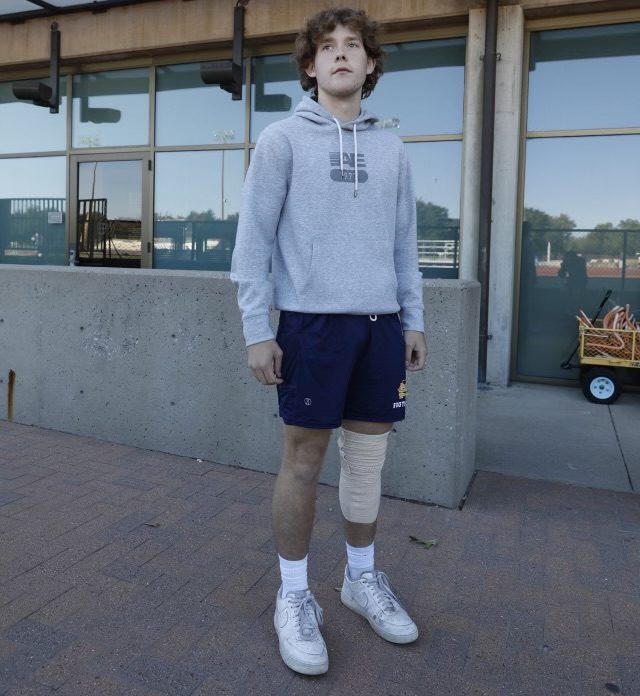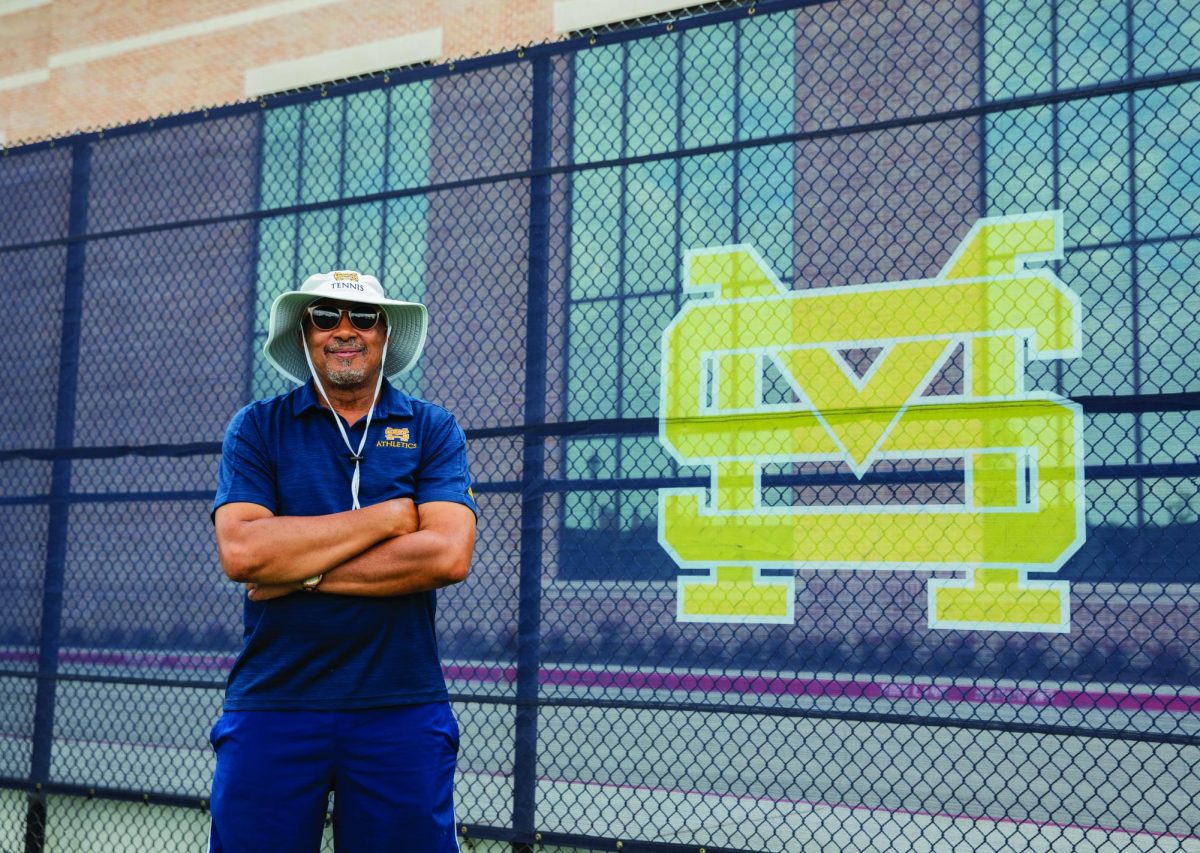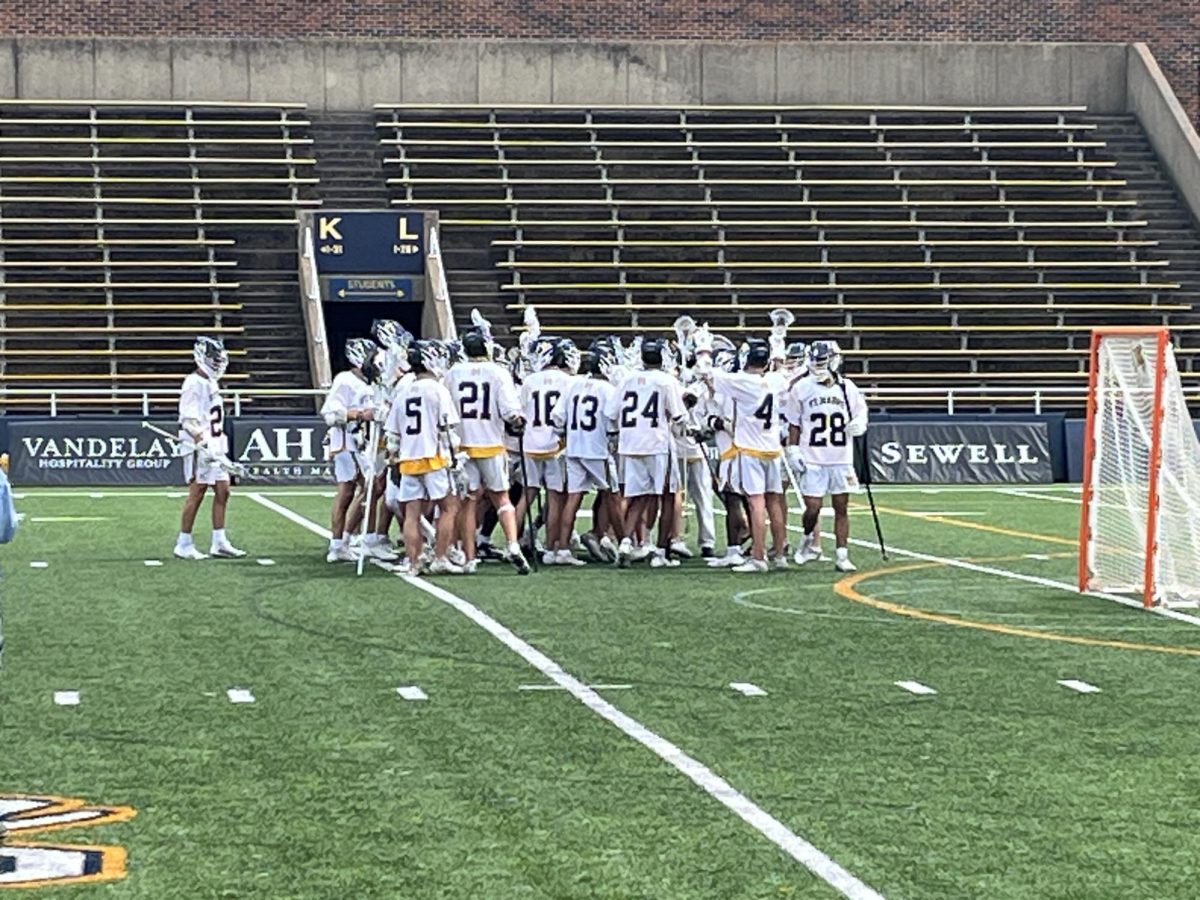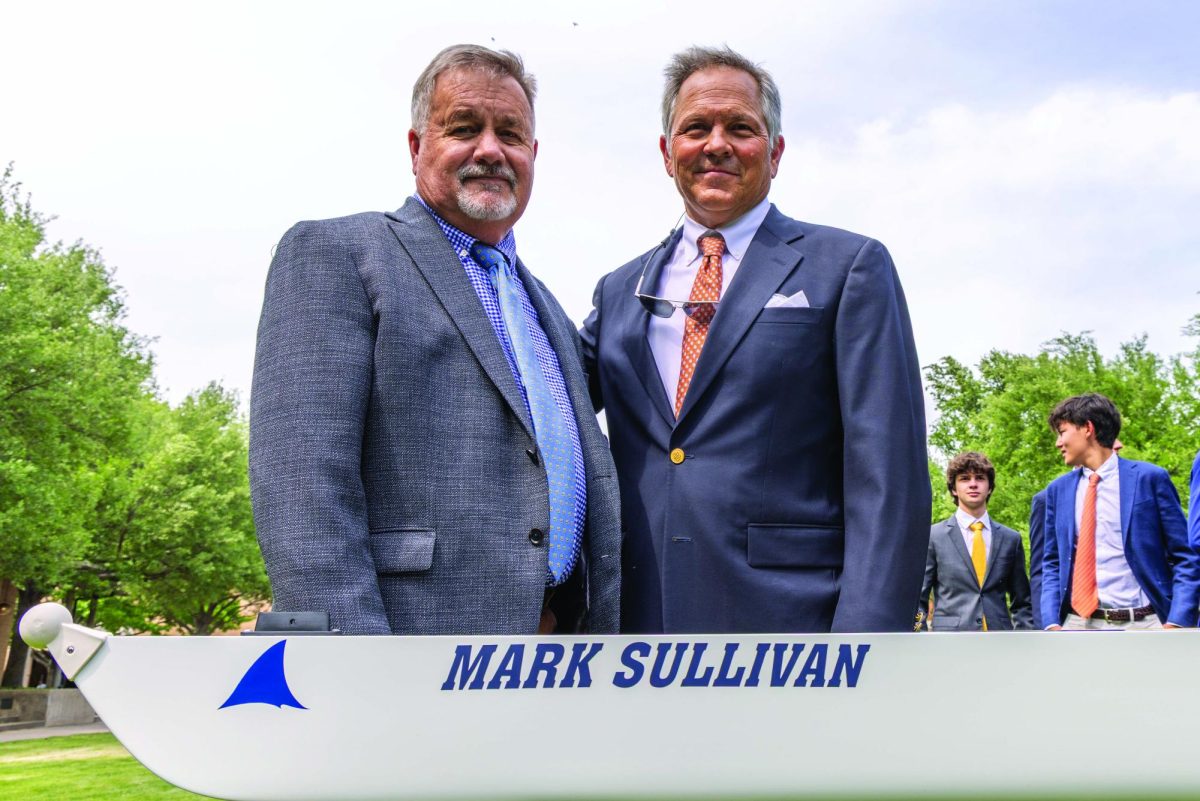Careers destroyed.
Lives altered forever.
Dreams ripped away, even before having the chance to realize them.
A new story begins every week, where an athlete suddenly pulls a hamstring, sprains an ankle, or faces an even more daunting injury.
While some injuries can not be avoided, the time spent recovering or the severity of the injury itself can be reduced based on how athletes care for their bodies. Recovery is just as important as training for any sport, and Kevin Dilworth, Head Strength & Conditioning Coach, believes it all starts in the weight room.
“The significance and foundation of sports performance is injury prevention,” Dilworth said. “That is what the weight room is for. Yes, the weight room makes you stronger, but it also stabilizes your body so you can perform at the top level.”
Over the season, the cumulative wear and tear on an athlete’s body can significantly impact their performance. Dilworth believes the weight room is pivotal in increasing athletes’ chances of maintaining their performance throughout the season.
While the weight room plays an essential role in lowering chances for injury, injuries do still occur. When they do, it’s crucial to have a systematic approach to diminish the time it takes for the athlete to return to the field.
“I’m very connected with the trainers on returning players,” Dilworth said. “If the injury is minor, we’ll see what you can do in the weight room. If you can push, press, and pull without pain, I am free to let you return to the field.”
Though many injuries can be addressed in the weight room, more severe ones need extensive rehab training with the athletic trainers Matt Hjerstedt and Natalie Bumpass.
“Phase one starts up with coach Dilworth,” Hjerstedt said. “The second thing is us trying to identify the problem areas. It might be a biomechanical area that you had a previous injury on, and we will see what we can do from a strengthening standpoint or flexibility standpoint to try and prevent any future injuries in that area.”
When sustaining an injury, an athlete must understand when to push through and when to sit out. Hjerstedt follows an explicit protocol when helping the athlete make that decision.
“There are three levels,” Hjerstedt said. “There is the medical level, which relates to having equal strength and range of motion. If you hit those two criteria, then you are clear. The second level is whether you are able to protect yourself and if it is safe. The third level is are you reacclimated back into the sport. Are you going to be strong enough to use your body to compete at the same level as before?”
Both Hjerstedt and Dilworth play integral roles in an athlete’s recovery, but in certain situations, seeking outside medical assistance is important as well.
“If somebody is really injured, they go see the doctor,” Hjerstedt said. “They come back to us and maybe go into physical therapy outside, but we’re also focusing on what their injured body part is.”
As an athlete works toward a full recovery, they begin to transition from outside rehab back to the trainers and Dilworth.
“As athletes spend less time with us, they spend more time with Dilworth,” Hjerstedt said. “We hybrid it with a slow transition to Dilworth where they work the other big muscles, then we move out onto the field to have, for example, a non-contact practice for football.”
Hjerstedt believes there are imperative ways in which an athlete can mitigate the amount of injuries on their body.
“The biggest thing they can do is play multiple sports,” Hjerstedt said. “If you have a primary sport while also competing in other sports, it is the number one thing you can do to prevent injuries and become a better athlete.”
Another critical aspect of injury prevention is giving the body sufficient rest.
“You can’t overtrain and not overload one specific body part,” Hjerstedt said. “When the younger guys enter the upper school, they are excited and want to throw themselves all into one sport. They might play tennis for an hour at St. Mark’s every day, then go to tennis lessons three days a week, then play some extra tournaments on the weekend. All that volume adds up, and when you get too much volume in a growing body, something will end up breaking.”
Though injuries greatly affect the individual, there is also a significant impact on the individual’s team, which is why Dilworth wholeheartedly believes in the next man up mindset.
“When your number is called and a teammate goes down, there should not be any hesitation,” Dilworth said. “If there is hesitation, you have not been paying close attention to detail or been in the weight room. You need to be prepared to step up.”







